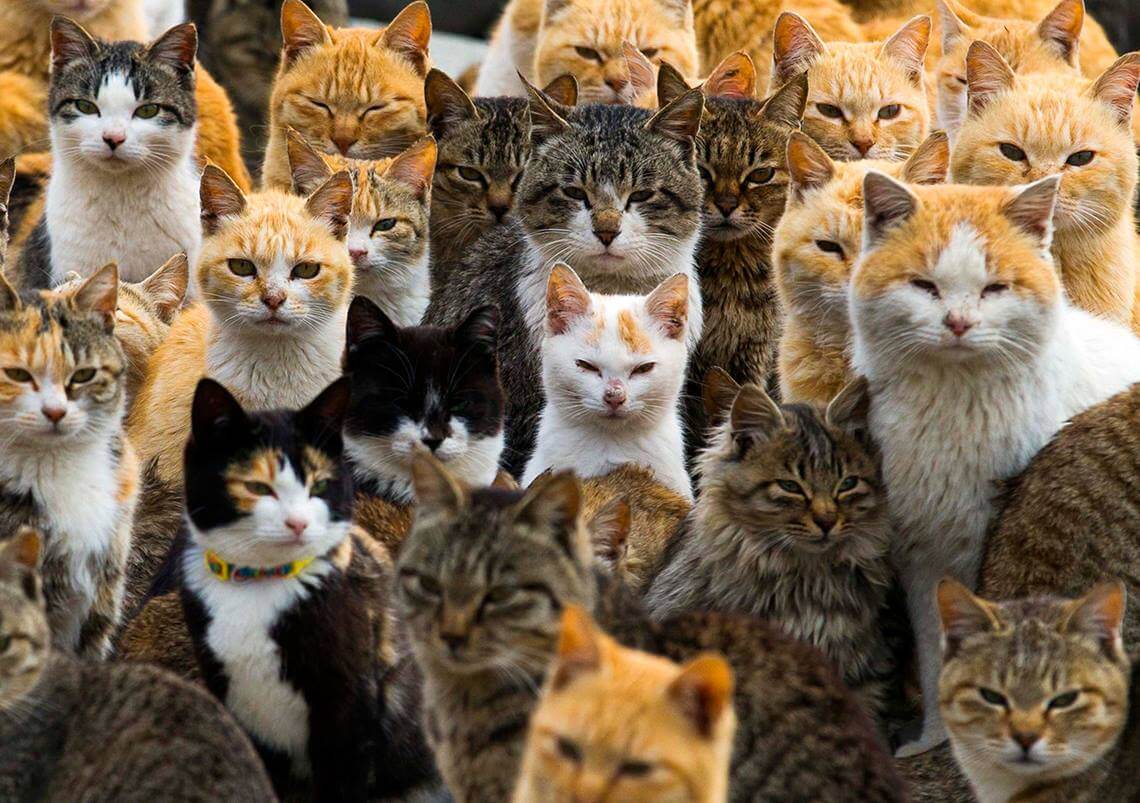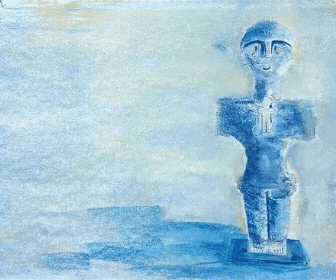
Photo credit: Thomas Peter
World Cat Day was established 25 years ago in Italy thanks to journalist Claudia Angeletti of Tuttogatto magazine who wanted to celebrate these extraordinary animals. Italy is home to more than 2.5 million stray cats, with main colonies in Rome, Turin, Naples, and Milan.
British poetess Eleanor Farjeon wrote: “It always gives me a shiver when I see a cat seeing what I can’t see” We often notice our pets staring at walls or into space as if something was there.
Throughout history, cats were considered a sort of bridge between the human world and the extrasensory universe; in some cultures they were believed to have magical powers. We could learn a great deal from our feline friends. Cats sense their environment through their sensitive whiskers and have been known to anticipate events that only later will be perceived by our senses, such as earthquakes and storms. Whiskers alert them of altering air movements, of the presence and width of obstacles and even the variations of magnetic fields and atmospheric pressure.
The greatest civilisations in history, from Ancient Greece to Romans, revered and idolised cats, cremating and dispersing their remains on fields as an offering in return for a good harvest from the Gods or mummifying them before burial with their departed owners so they could travel with them in the afterlife. In Ancient Egypt, ‘Bastet’ was a real goddess, daughter of the Sun-God Re, and all those who hurt a feline could be sentenced to death.
The month of Aquarius was chosen for World cat Day celebrations, as the sign of the Zodiac that characterises free and independent spirits. Abroad, various initiatives are organised to celebrate cats, including photo exhibitions, conferences, debates, and, most of all, the collection of food and fundraising to help stray cats.




